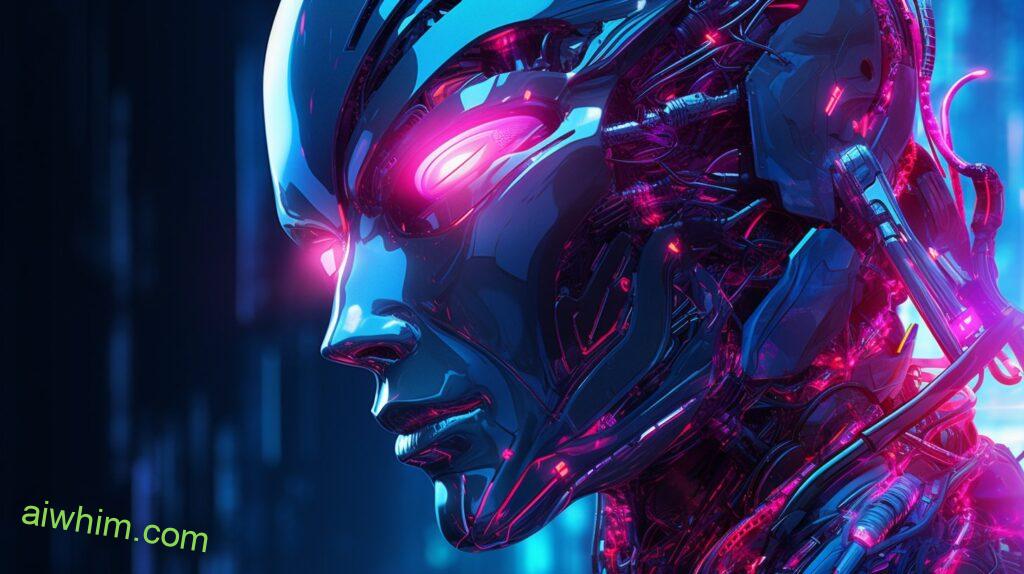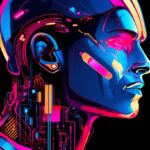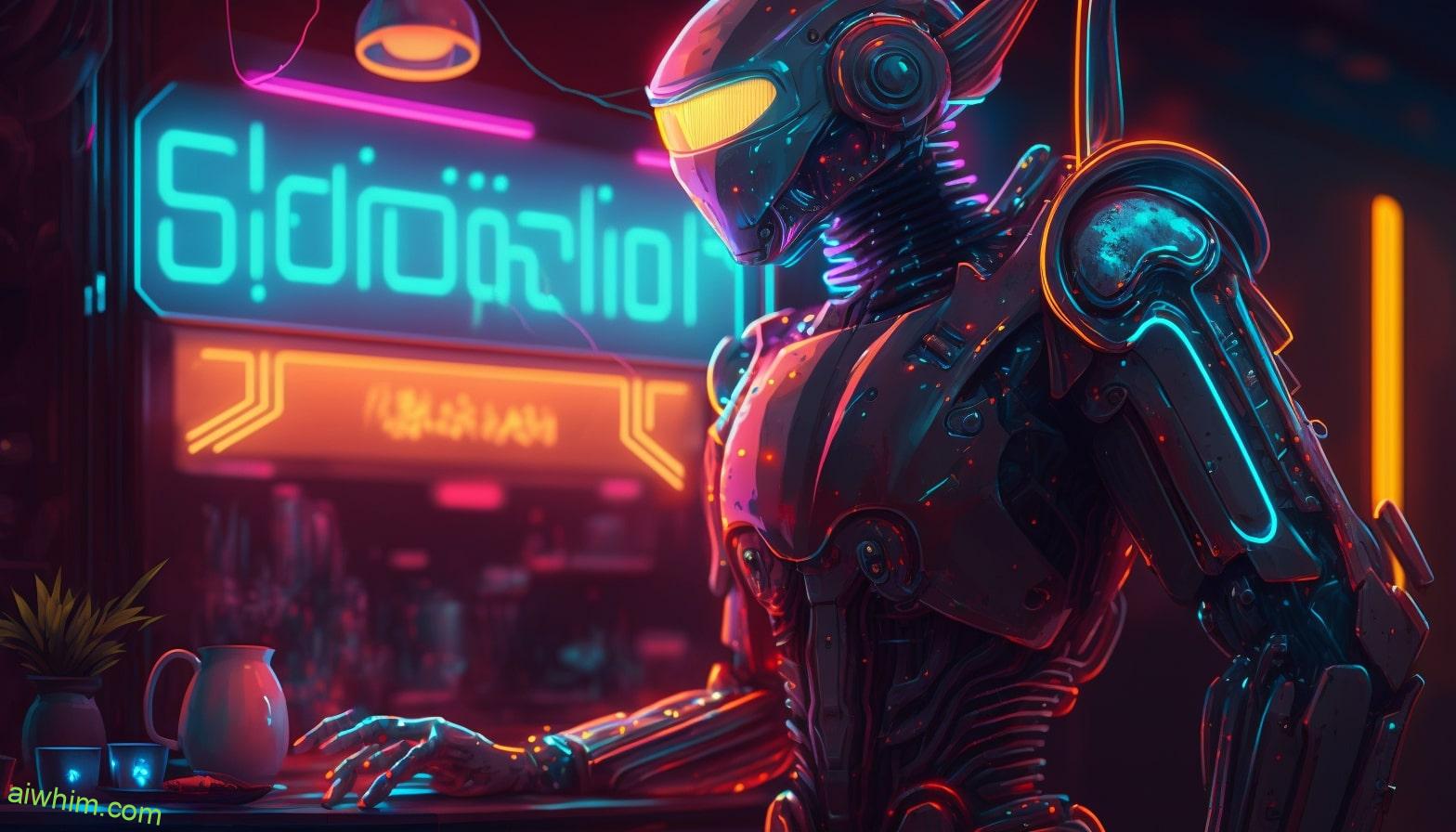Did you know that according to a recent study, artificial intelligence (AI) is projected to impact the job market, potentially leading to the displacement of millions of workers in various industries?
You may be wondering, how does this concern computer science teachers?
With the rapid advancements in AI technology, there is a growing concern that AI could threaten the future of computer science teachers.
However, before we jump to conclusions, let us explore the potential impact of AI on the role of computer science teachers and the opportunities it may present.
Key Takeaways
- AI technology has the potential to automate certain aspects of teaching, such as grading and feedback, but it should be seen as a tool that complements teachers’ expertise rather than replacing them.
- Computer science teachers play a crucial role in providing students with a solid foundation in coding and programming languages, fostering problem-solving skills, and inspiring them to pursue careers in technology.
- Advancements in AI and personalized learning offer benefits such as interactive and immersive learning experiences, targeted support, and equipping students with valuable skills for the future job market.
- However, there are challenges and considerations to be addressed, including striking a balance between technology and human interaction, ensuring data privacy, addressing biases in AI algorithms, and providing continuous professional development for teachers to adapt to AI integration.

The Impact of AI on Computer Science Education
The rapid advancement of AI technology is revolutionizing computer science education, with significant implications for student engagement and the job market for computer science teachers.
AI-powered tools and platforms are reshaping the way students learn and interact with computer science concepts, making education more immersive and personalized.
One of the key implications of AI in computer science education is its ability to enhance student engagement. Traditional teaching methods often struggle to capture the attention and interest of students, leading to disengagement and limited learning outcomes. However, AI-powered tools can adapt to individual students’ needs, providing personalized learning experiences that cater to their interests and learning styles. This not only increases student engagement but also promotes a deeper understanding and retention of computer science concepts.
Furthermore, the impact of AI on the job market for computer science teachers is a subject of concern and debate. As AI technology advances, there’s a fear that it may replace human teachers altogether. While it’s true that AI can automate certain aspects of teaching, such as grading and providing immediate feedback, the role of a human teacher goes beyond these tasks. Teachers inspire, motivate, and guide students, fostering critical thinking and problem-solving skills that AI can’t replicate.
Therefore, rather than replacing teachers, AI should be seen as a valuable tool that complements their expertise and enhances the learning experience.

Current Role of Computer Science Teachers
Computer science teachers play a crucial role in guiding students and fostering their passion for technology and problem-solving. In the changing landscape of education, their role is more important than ever. As technology continues to advance and shape the world we live in, computer science teachers are at the forefront of equipping students with the necessary skills to thrive in the digital age.
One of the key responsibilities of computer science teachers is to provide students with a solid foundation in coding and programming languages. They introduce students to concepts such as algorithms, data structures, and software development, helping them develop the problem-solving skills that are essential in today’s tech-driven society. By teaching students how to think logically and analytically, computer science teachers empower them to tackle complex problems and innovate.
Furthermore, computer science teachers also act as mentors and guides, inspiring students to explore their interests and pursue careers in technology. They create a supportive and inclusive learning environment, encouraging students to ask questions, experiment, and think creatively. By nurturing their curiosity and passion for technology, computer science teachers help students discover their potential and develop a lifelong love for learning.
In addition to their role in the classroom, computer science teachers also contribute to shaping education as a whole. They collaborate with other educators, sharing best practices and innovative teaching methods. They stay updated with the latest advancements in technology and incorporate them into their curriculum, ensuring that students are equipped with relevant and up-to-date knowledge.
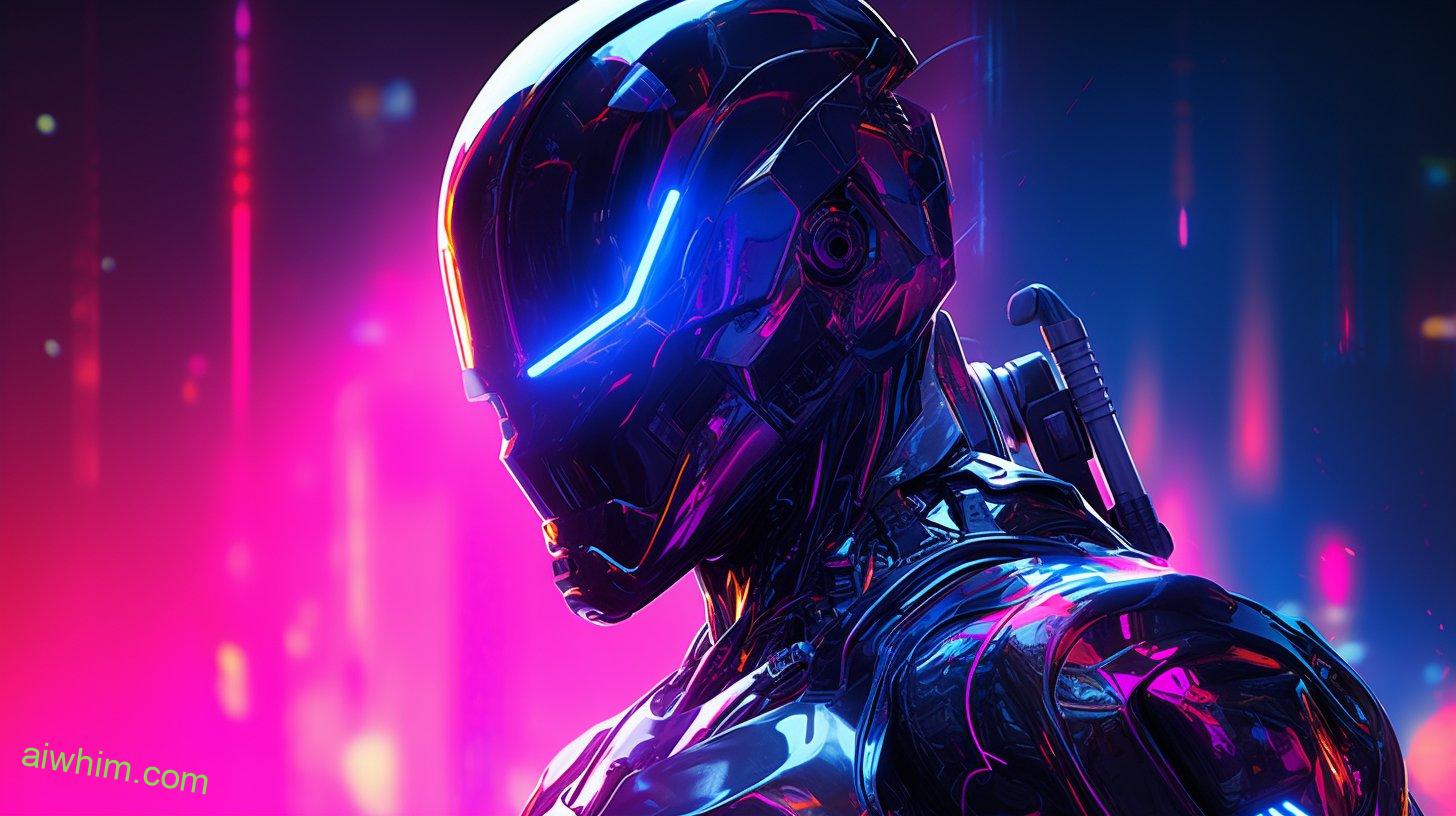
Advancements in AI and Personalized Learning
With the rapid advancements in AI, personalized learning is revolutionizing the way you engage with educational content. Here are four reasons why personalized learning benefits you and how AI in the classroom poses challenges:
- Tailored Education: Personalized learning allows you to learn at your own pace and according to your unique learning style. AI algorithms can analyze your strengths and weaknesses, creating customized learning paths that suit your individual needs. This freedom to learn at your own speed empowers you to take control of your education.
- Enhanced Engagement: AI-powered tools and platforms can provide interactive and immersive learning experiences. Virtual reality simulations, adaptive quizzes, and educational games make learning more engaging and enjoyable. By incorporating AI into the classroom, educators can captivate your interest and ignite your passion for knowledge.
- Targeted Support: AI can provide real-time feedback and support, enabling you to receive immediate assistance when you encounter difficulties. Intelligent tutoring systems can identify areas where you struggle and offer targeted interventions, helping you overcome challenges more effectively. This personalized support ensures that you receive the help you need when you need it, fostering a sense of autonomy and self-confidence.
- Preparation for the Future: As AI continues to reshape various industries, understanding how AI works becomes increasingly vital. By incorporating AI technologies into the classroom, you gain valuable skills and knowledge that will be essential in the job market of the future. Personalized learning with AI equips you with the tools to navigate the digital world and thrive in an ever-evolving society.
While personalized learning with AI offers numerous benefits, there are challenges to consider. Striking a balance between technology and human interaction, ensuring data privacy, and addressing potential biases in AI algorithms are critical concerns that need to be addressed. Nonetheless, the possibilities that AI and personalized learning bring to your education are vast and promising. Embrace the freedom to learn in your own way and embrace the opportunities that AI can bring to your educational journey.

Potential Benefits of AI in the Classroom
As AI continues to reshape education, the potential benefits of incorporating AI in the classroom are vast and promising. One major benefit is the use of AI in assessment. With AI-powered assessment tools, teachers can save time and effort by automating the grading process. This allows them to focus on providing personalized feedback and guidance to students, enhancing their learning experience. AI can also analyze large sets of data to identify patterns and trends, helping teachers gain valuable insights into student performance and learning gaps.
Another significant benefit of AI in the classroom is its ability to enhance student engagement. AI-powered virtual assistants and chatbots can provide personalized support to students, answering their questions and guiding them through their learning journey. These interactive tools can adapt to individual students’ needs, preferences, and learning styles, making the learning process more engaging and tailored to each student.
Additionally, AI can create immersive and interactive learning experiences through virtual reality (VR) and augmented reality (AR). By incorporating AI algorithms, VR and AR applications can adapt to students’ actions and responses, providing real-time feedback and adjusting the learning content accordingly. This not only makes learning more enjoyable and interactive but also improves retention and understanding of complex concepts.
Moreover, AI can facilitate collaboration and communication among students. AI-powered platforms can analyze students’ skills, interests, and learning styles to form diverse and effective study groups. These platforms can also facilitate peer-to-peer feedback and provide recommendations for collaboration, fostering a supportive and engaging learning environment.

Challenges Faced by Computer Science Teachers
Teaching computer science presents a multitude of challenges that require adaptability and continuous learning. As a computer science teacher, you face several hurdles that can make your job both rewarding and demanding. Here are four challenges you may encounter in your career:
- Technological Advancements:
The rapid pace of technological advancements presents a constant challenge for computer science teachers. Staying up to date with the latest programming languages, software, and hardware can be demanding, but it also provides an opportunity for growth and innovation. - Engaging Students:
Motivating students to actively participate in computer science classes can be a challenge. With distractions and competing interests, engaging students in the subject matter requires creativity and a deep understanding of their needs and interests. - Limited Resources:
Computer science education often faces resource constraints. Limited funding, outdated equipment, and a lack of specialized teachers can hinder the delivery of quality education. Overcoming these limitations requires resourcefulness and finding alternative means to provide students with the best learning experience. - Preparing for the Future:
As computer science continues to evolve rapidly, preparing students for future challenges becomes increasingly important. Teaching them not just the technical skills but also critical thinking, problem-solving, and adaptability will equip them to face the ever-changing landscape of technology.
Although these challenges may seem daunting, they also present opportunities for growth and innovation. By embracing the challenges and continually adapting, you can ensure that you’re well-prepared to face the future threats and provide your students with a valuable and empowering education in computer science.

AI as a Tool for Supplementing Education
Embracing the rapid advancements in technology, you can leverage AI as a powerful tool to supplement education. AI has the potential to advance education by enhancing learning experiences and providing personalized support to students. With AI, computer science teachers can create interactive and immersive learning environments that cater to individual needs and learning styles.
AI can analyze vast amounts of data to identify patterns and trends in student performance, enabling teachers to personalize instruction and provide targeted interventions. By using AI-powered platforms, you can track students’ progress, identify areas where they may be struggling, and offer customized feedback and resources. This personalized approach can greatly enhance the learning process and help students achieve better outcomes.
Furthermore, AI can provide additional resources and support to both teachers and students. AI-powered virtual assistants can answer students’ questions, provide explanations, and offer guidance in real-time. These virtual assistants can also assist teachers by automating administrative tasks, such as grading assignments, generating reports, and managing classroom resources. By offloading these tasks to AI, teachers can focus more on engaging with students and delivering high-quality instruction.
In addition to personalized learning and administrative support, AI can also facilitate collaborative learning experiences. AI-powered platforms can connect students from different locations, allowing them to collaborate on projects, share ideas, and learn from each other’s experiences. This not only promotes teamwork and critical thinking but also prepares students for the collaborative work environments they may encounter in the future.
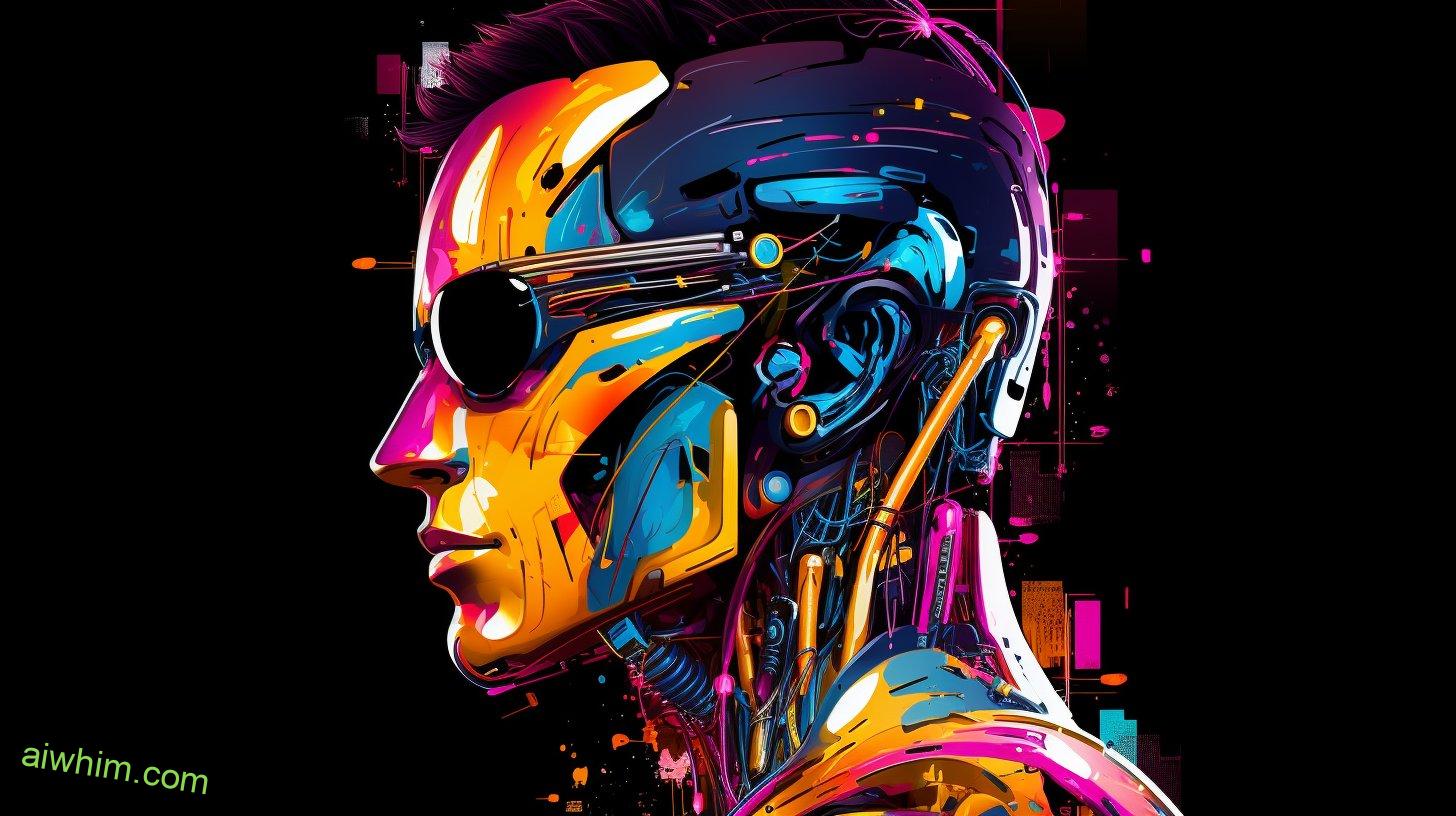
AI’s Role in Automating Administrative Tasks
By automating administrative tasks, AI can streamline the workload of computer science teachers and allow them to focus more on student engagement and instruction. This has a significant impact on computer science education, as it frees up valuable time and resources for teachers to dedicate to more meaningful activities.
Here are four ways in which AI’s role in automating administrative tasks can benefit both teachers and students:
- Efficient grading: AI can automate the process of grading assignments, quizzes, and exams. This not only saves teachers hours of time but also provides students with faster feedback, allowing them to learn from their mistakes and improve their understanding.
- Automated attendance tracking: AI can automatically track student attendance, reducing the need for manual record-keeping. This frees up teachers to spend more time on instruction and fostering meaningful connections with their students.
- Streamlined communication: AI-powered chatbots can handle routine inquiries from students and parents, such as scheduling meetings or answering frequently asked questions. This allows teachers to focus on more personalized and meaningful interactions, fostering a sense of community and support within the classroom.
- Data analysis: AI can analyze large amounts of data, such as student performance and engagement metrics, to provide teachers with valuable insights. This enables them to tailor their instruction to meet the individual needs of their students, promoting a more personalized and effective learning experience.
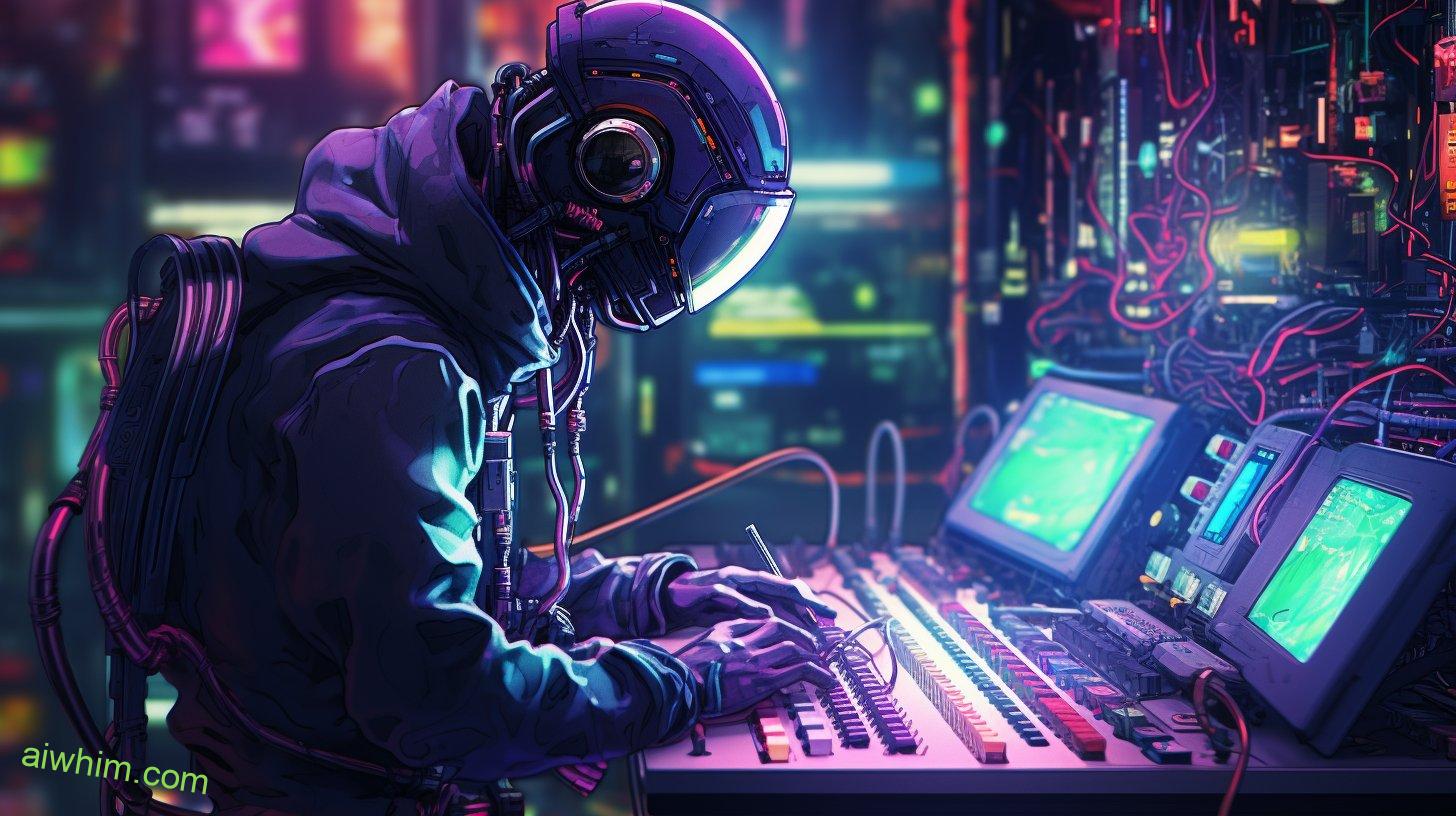
The Need for Human Connection in Education
To foster meaningful educational experiences, it’s essential to prioritize human connection in the classroom. In this era of advancing technology, it’s easy to overlook the importance of empathy in education. However, technology can also play a vital role in fostering human connection.
In today’s fast-paced world, where students are often consumed by screens and digital distractions, the need for human connection becomes even more critical. Empathy allows teachers to understand their students’ unique perspectives, needs, and challenges. It enables them to create a safe and inclusive environment where students feel valued and supported. By fostering empathy, teachers can establish meaningful connections with their students, which in turn enhances the learning experience.
While technology may seem like a barrier to human connection, it can also be a powerful tool for fostering it. Through video conferencing, online collaboration platforms, and social media, technology enables students and teachers to connect beyond the walls of the classroom. It allows for greater collaboration, communication, and understanding. Technology can also facilitate personalized learning experiences, where students can explore their interests and engage with the material in a way that resonates with them.
Incorporating technology into the classroom shouldn’t replace human connection but rather enhance it. Teachers must strike a balance between utilizing technology and ensuring that meaningful interactions and relationships are still at the core of education. By integrating technology effectively, educators can create an environment where human connection thrives, fostering empathy, understanding, and ultimately, better educational outcomes.

Balancing AI and Human Instruction
As technology continues to advance, finding a balance between incorporating AI and maintaining human instruction becomes crucial in the field of computer science education. While AI can offer personalized instruction and enhance student engagement, it’s important to remember the value of human interaction in the learning process.
Here are four reasons why balancing AI and human instruction is essential:
- Preserving personal connections: Human teachers have the ability to form meaningful relationships with students, providing emotional support and guidance that AI can’t replicate. These connections foster a sense of belonging and create a safe space for students to ask questions and share their thoughts.
- Understanding individual needs: AI can analyze data and deliver tailored content to meet each student’s learning style and pace. However, human teachers possess the intuition and empathy to understand students’ unique challenges and adapt their instruction accordingly. This personalized approach ensures that no student is left behind.
- Promoting critical thinking: AI excels at providing quick answers and solutions, but human teachers possess the ability to encourage critical thinking and problem-solving skills. By challenging students to think deeply, question assumptions, and explore alternative perspectives, human instructors foster intellectual growth and creativity.
- Nurturing social skills: Collaboration, communication, and teamwork are essential skills in the computer science field. Human teachers facilitate group work and discussions, allowing students to develop these interpersonal skills. AI, on the other hand, lacks the ability to foster social interactions, which are crucial for future success in the industry.
While AI can enhance personalized instruction and impact student engagement, it shouldn’t replace human instruction entirely. A balanced approach, combining the strengths of AI and human teachers, ensures a comprehensive and impactful education for computer science students. By preserving personal connections, understanding individual needs, promoting critical thinking, and nurturing social skills, we can create an environment where students thrive and are prepared for the future.

Ethical Considerations in AI-Assisted Education
Ethical considerations arise when implementing AI in the field of computer science education. As AI continues to play a larger role in assisting teachers and students, it’s important to address the ethical challenges and privacy concerns that come with it.
One ethical challenge is the potential for bias in AI algorithms. AI systems are trained on large datasets, but if those datasets contain biased or discriminatory information, the AI may unintentionally perpetuate those biases. This could result in unequal opportunities for students based on their race, gender, or socioeconomic status. It’s crucial to ensure that AI algorithms are designed and trained in a way that’s fair and unbiased.
Another ethical consideration is the issue of privacy. AI-assisted education often involves collecting and analyzing large amounts of data about students, including their learning behaviors, preferences, and even personal information. This raises concerns about how this data is collected, stored, and used. It’s essential to have strict protocols in place to protect student privacy and ensure that the data is used only for educational purposes, with the explicit consent of the students and their parents or guardians.
As we navigate the integration of AI in computer science education, it’s important to approach it with a commitment to ethical practices. This includes addressing biases in AI algorithms and implementing stringent privacy measures. By doing so, we can ensure that AI-assisted education promotes equal opportunities and respects the privacy and autonomy of students.
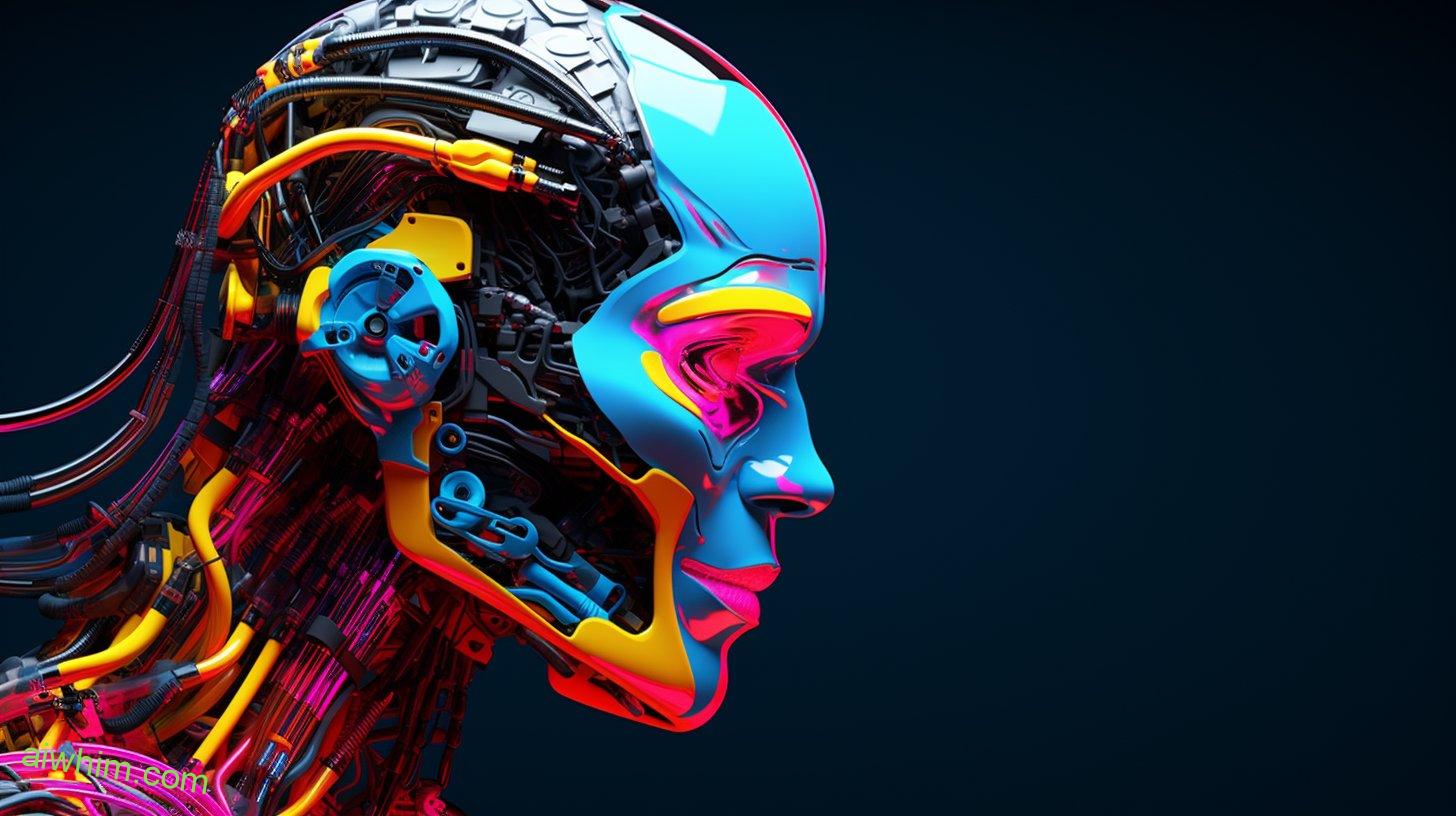
Empowering Computer Science Teachers With AI
With the ethical considerations in mind, computer science teachers can now harness the power of AI to enhance their teaching methods and empower their students.
Here are four ways AI can empower computer science teachers:
- AI-powered Grading: Say goodbye to endless hours of grading assignments and tests. AI can analyze and evaluate students’ work, providing instant feedback and freeing up valuable time for teachers to focus on other aspects of their role. This not only improves efficiency but also ensures consistency in grading.
- Virtual Tutoring: AI can act as a virtual tutor, providing personalized support to students. With the ability to adapt to individual learning styles and pace, AI can offer interactive lessons, answer questions, and provide guidance. This empowers students to learn at their own pace and receive immediate assistance whenever needed.
- Enhanced Curriculum Development: AI can assist teachers in designing engaging and relevant curriculum. By analyzing vast amounts of data, AI can identify gaps in knowledge and suggest improvements to existing materials. This allows teachers to create dynamic and up-to-date lessons that cater to the needs of their students.
- Data-Driven Insights: AI can provide valuable insights into students’ progress and performance. By analyzing data on individual student’s learning patterns, strengths, and weaknesses, AI can help teachers identify areas where additional support may be needed. This enables personalized instruction and targeted interventions, fostering student growth and success.
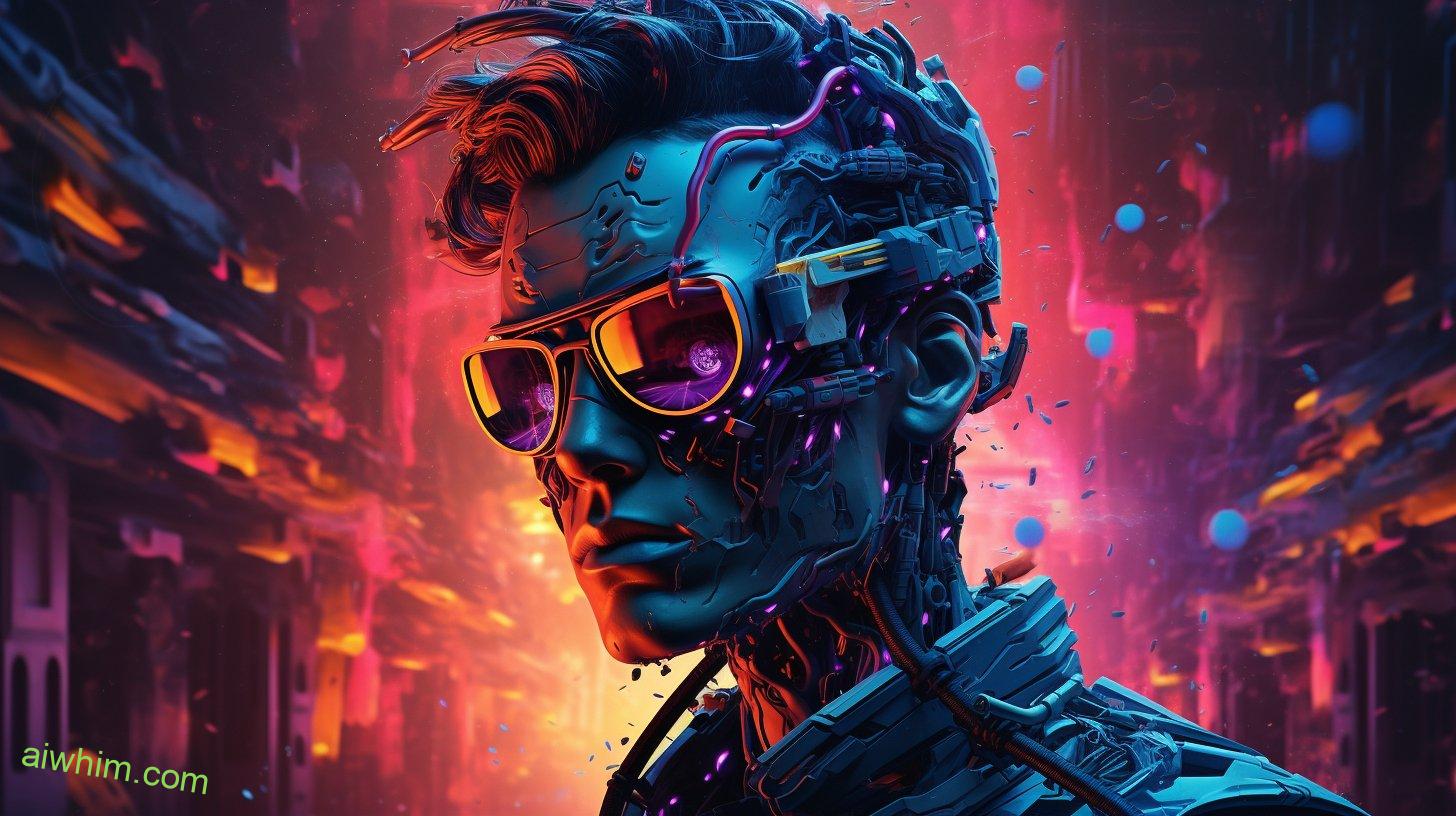
AI’s Potential to Enhance Teaching Strategies
AI offers a multitude of possibilities to enhance teaching strategies and revolutionize the way educators engage with their students.
One of the most significant impacts of AI in education is its potential to improve student engagement. By integrating AI into the classroom, teachers can create personalized learning experiences that cater to each student’s unique needs and interests.
AI-powered tools can analyze vast amounts of data to identify patterns and insights about students’ learning styles, preferences, and strengths. This information can then be used to develop tailored teaching strategies that resonate with individual students, making the learning process more engaging and effective. For example, AI algorithms can provide real-time feedback and suggestions to students, helping them understand complex concepts and overcome challenges more efficiently.
Furthermore, AI can play a crucial role in curriculum development. By analyzing the performance data of students, AI can identify knowledge gaps and areas where the curriculum needs improvement. This information can then be used by educators to refine their teaching materials and design more relevant and engaging lessons.
Integrating AI in curriculum development can also help address the changing needs of the job market. AI algorithms can analyze labor market trends and predict the skills that will be in demand in the future. This information can then be used to update the curriculum and ensure that students are equipped with the skills necessary to thrive in the digital age.

Adapting to the Changing Landscape of Education
To navigate the evolving landscape of education, you must adapt your teaching methods and embrace innovative technologies. The changing pedagogy and the integration of technology are key factors in ensuring that you remain relevant and effective in the classroom. Here are four reasons why adapting to the changing landscape of education is essential:
- Empowering students: By integrating technology into your teaching, you empower students to take ownership of their learning. Technology enables them to explore and engage with educational content in new and exciting ways, fostering a sense of independence and curiosity.
- Enhancing collaboration: Technology facilitates collaboration among students and between students and teachers. Online platforms, video conferencing tools, and collaborative software enable seamless communication and cooperation, breaking down the barriers of time and space.
- Personalizing learning experiences: With the changing pedagogy and the use of technology, you can tailor your teaching to meet the individual needs of each student. Adaptive learning platforms and data analytics provide insights into students’ progress, enabling you to provide targeted support and interventions.
- Preparing students for the future: The world is rapidly evolving, and the skills required for success are changing too. By embracing innovative technologies in your teaching, you equip students with the digital literacy and problem-solving skills necessary for the jobs of tomorrow.
In this changing landscape of education, adapting your teaching methods and embracing technology will empower students, enhance collaboration, personalize learning experiences, and prepare students for the future. Embrace the freedom to explore new tools and approaches, and you’ll be well-prepared to navigate the exciting challenges and opportunities that lie ahead.

The Role of Computer Science Teachers in Shaping AI
Computer science teachers play a pivotal role in shaping the future of artificial intelligence. As a computer science teacher, you have the power to influence and guide the next generation of AI developers, engineers, and researchers. Your role goes beyond teaching coding and algorithms; it extends to instilling ethical values, critical thinking, and responsible AI development practices.
By introducing students to the principles of AI and its potential impact on society, you’re equipping them with the knowledge and skills needed to shape the future of AI in a way that aligns with their values and desires for freedom. As a teacher, you have the unique opportunity to foster a deep understanding of the ethical considerations and social implications of AI, empowering students to make informed decisions and contribute positively to its development.
Moreover, you can inspire and encourage students to pursue careers in AI research and development. By providing them with hands-on experiences, projects, and challenges, you can nurture their curiosity, creativity, and problem-solving skills. By encouraging diversity and inclusion in AI education, you can ensure that different perspectives and voices are represented in shaping AI’s future.
As AI continues to advance, it’s crucial for computer science teachers to stay updated with the latest developments and trends. By continuously learning and adapting your teaching methods, you can effectively prepare students to navigate the ever-changing landscape of AI technology.

Embracing Collaboration Between AI and Teachers
Collaboration between teachers and AI is an opportunity to enhance educational outcomes and create a more engaging learning environment. Embracing this collaboration can bring numerous benefits for both teachers and students. Here are four reasons why collaboration between AI and teachers is essential for the future of education:
- Personalized learning: AI can analyze vast amounts of data to identify individual student needs and provide personalized recommendations. By working together with AI, teachers can tailor their instruction to meet the unique learning styles and preferences of each student, resulting in a more effective and personalized learning experience.
- Enhanced teacher support: AI can assist teachers by automating administrative tasks, such as grading and data analysis, allowing them to focus more on instructional planning and student support. This collaboration frees up valuable time for teachers to engage in meaningful interactions with students, providing guidance and support where it’s most needed.
- Deeper insights: AI can analyze student performance data and identify patterns and trends that may not be immediately apparent to teachers. By collaborating with AI, teachers can gain valuable insights into student progress, strengths, and areas for improvement, enabling them to make more informed instructional decisions and provide targeted interventions.
- Augmented creativity: AI can provide teachers with innovative tools and resources to enhance their teaching practices and foster creativity in the classroom. By collaborating with AI, teachers can explore new teaching methods, experiment with interactive technologies, and create engaging and immersive learning experiences for their students.
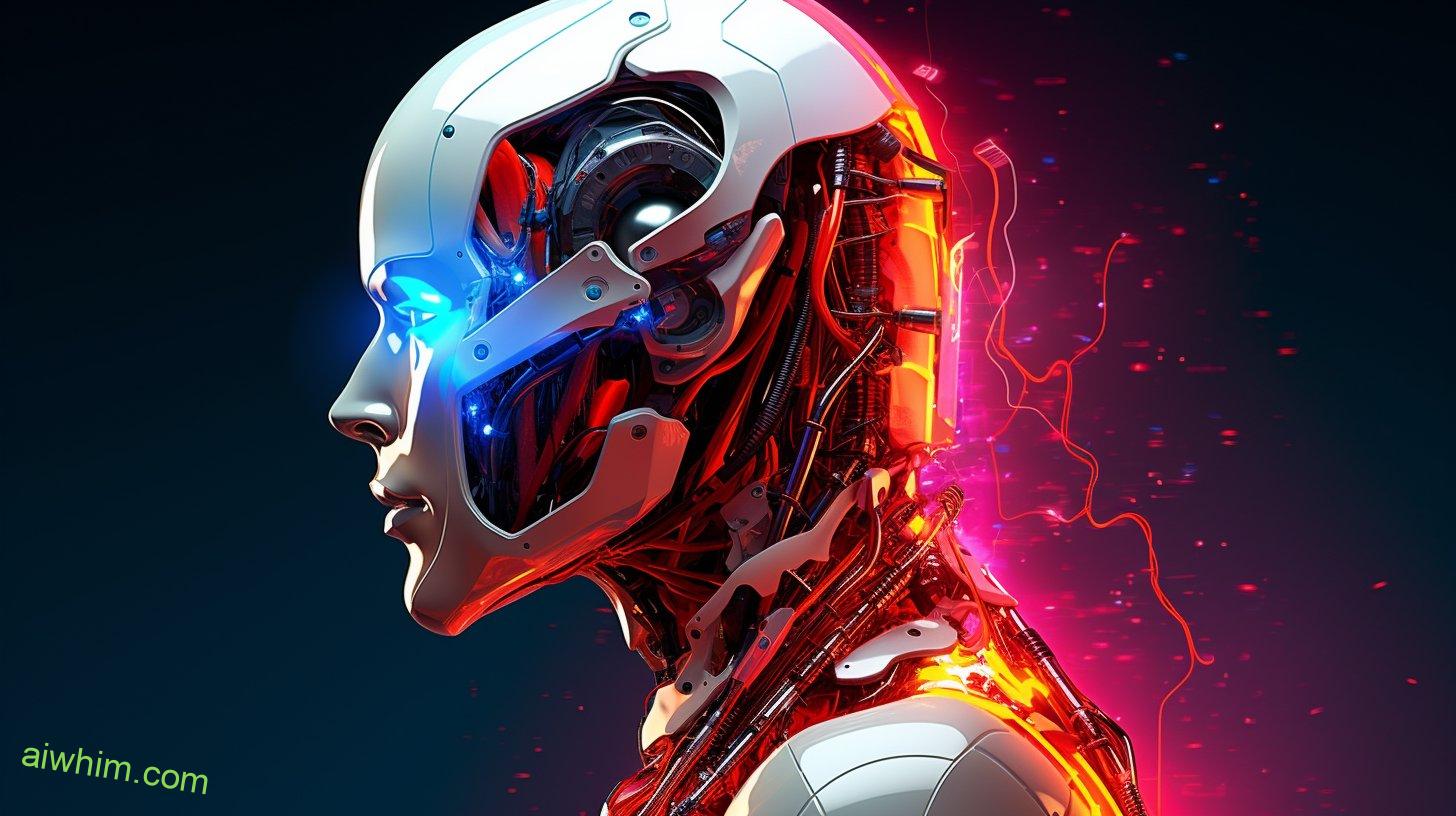
Frequently Asked Questions
How Can Computer Science Teachers Adapt to the Changing Landscape of Education?
You can adapt to the changing landscape of education by prioritizing teacher training and integrating technology into your curriculum. Embrace the opportunities that AI brings and stay ahead by continuously learning and evolving.
What Role Do Computer Science Teachers Play in Shaping Ai?
Computer science teachers are like guiding stars, shaping AI by imparting knowledge and instilling curiosity in students. Their role is crucial in ensuring AI’s positive impact on society, empowering individuals with the freedom to explore and create.
How Can AI Enhance Teaching Strategies?
AI can enhance teaching strategies by improving learning outcomes through personalized instruction. With AI, you have the freedom to tailor lessons to individual needs, making education more effective and empowering for all.
What Are the Potential Benefits of AI in the Classroom?
You’ll love the perks of AI in the classroom! It brings benefits like personalized learning, instant feedback, and enhanced engagement. Of course, there might be some challenges, but the potential rewards are worth it!
How Can Computer Science Teachers Effectively Collaborate With AI in the Education Process?
You can effectively collaborate with AI in the education process by embracing collaborative learning and utilizing its capabilities for personalized instruction. AI can enhance your teaching, not threaten it.

Conclusion
You, as a computer science teacher, may worry about the future of your profession in the face of AI advancements. However, there’s reason to be optimistic.
According to a recent study, 80% of students still believe that human teachers play a crucial role in their education. So, while AI may bring changes, your expertise and guidance will continue to be valued and essential in shaping the minds of the next generation of innovators.

